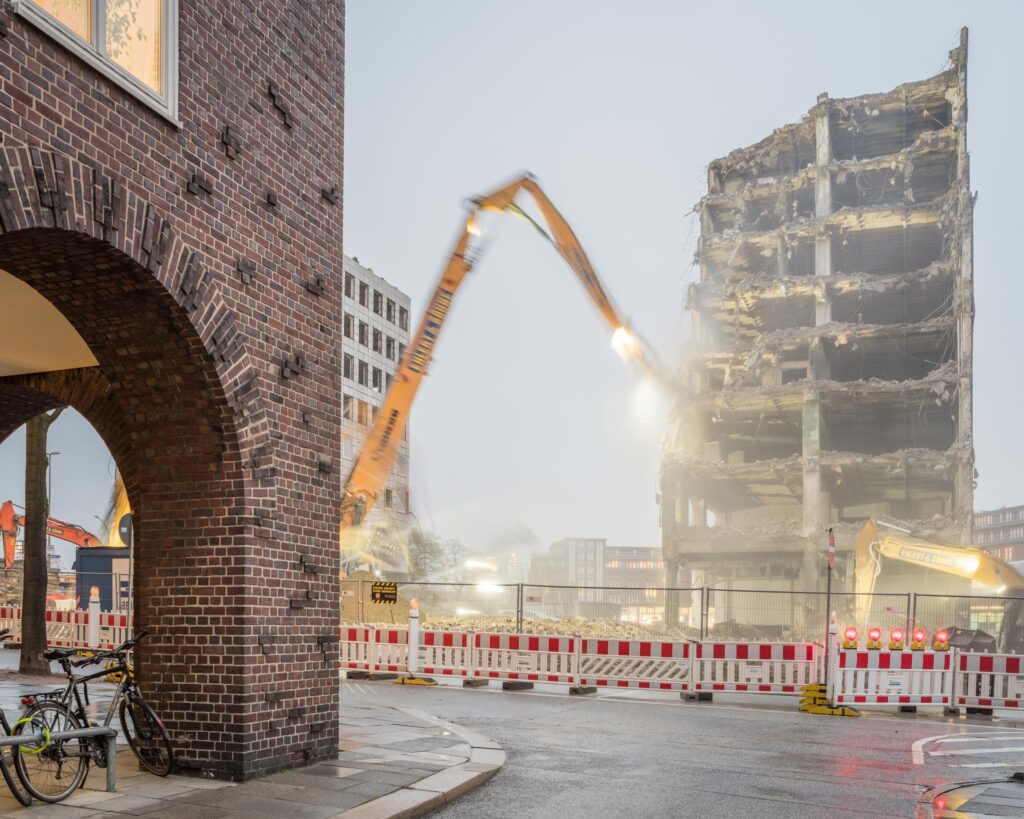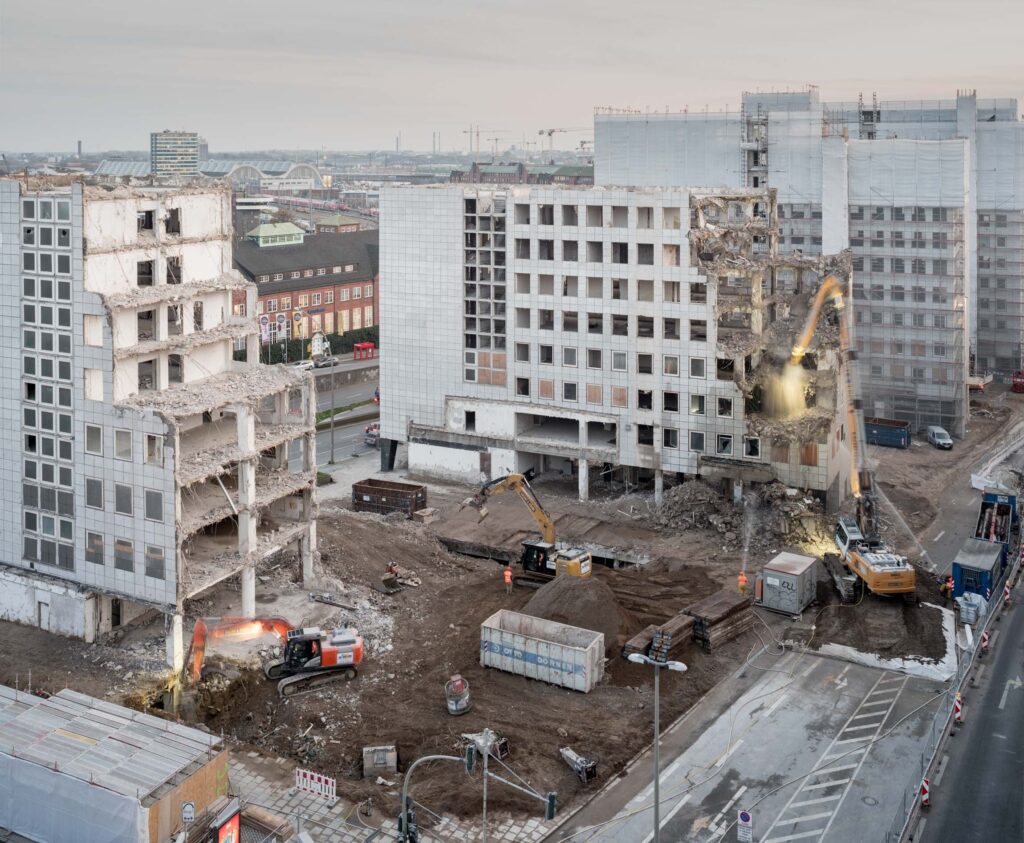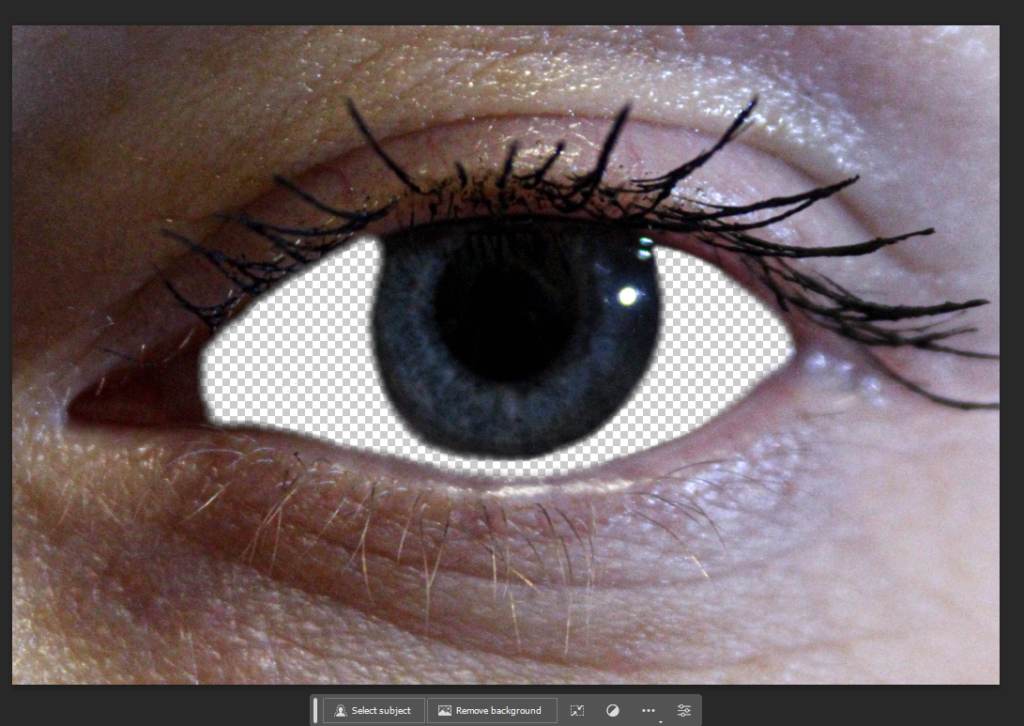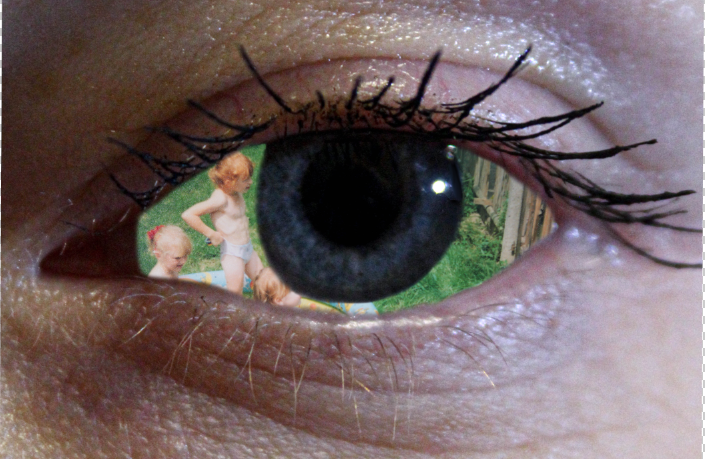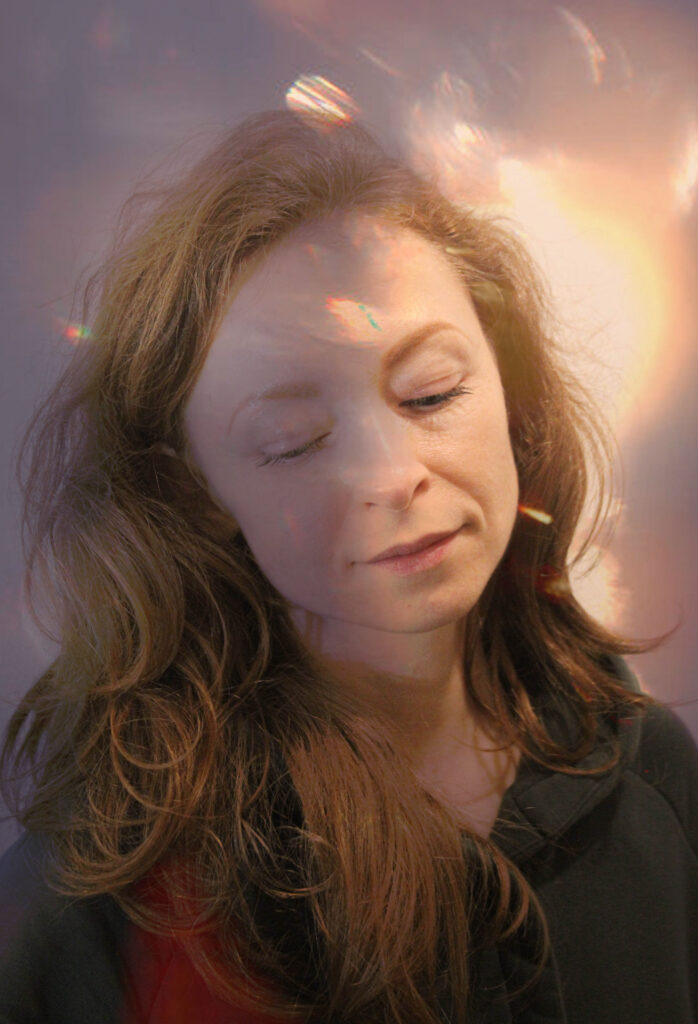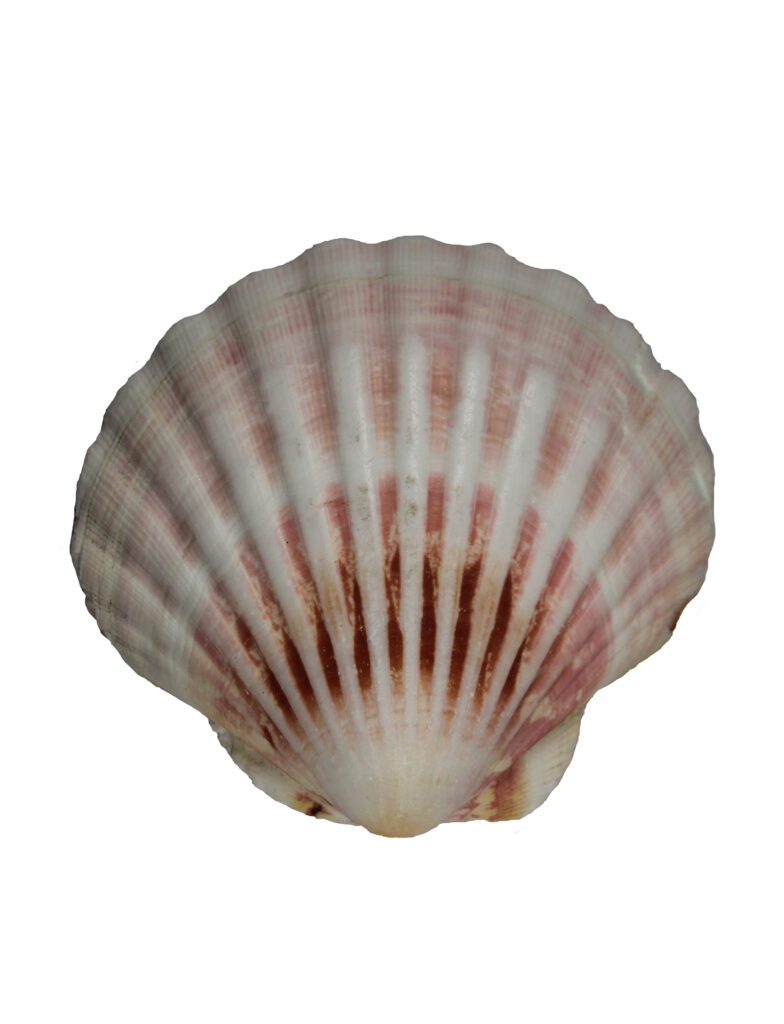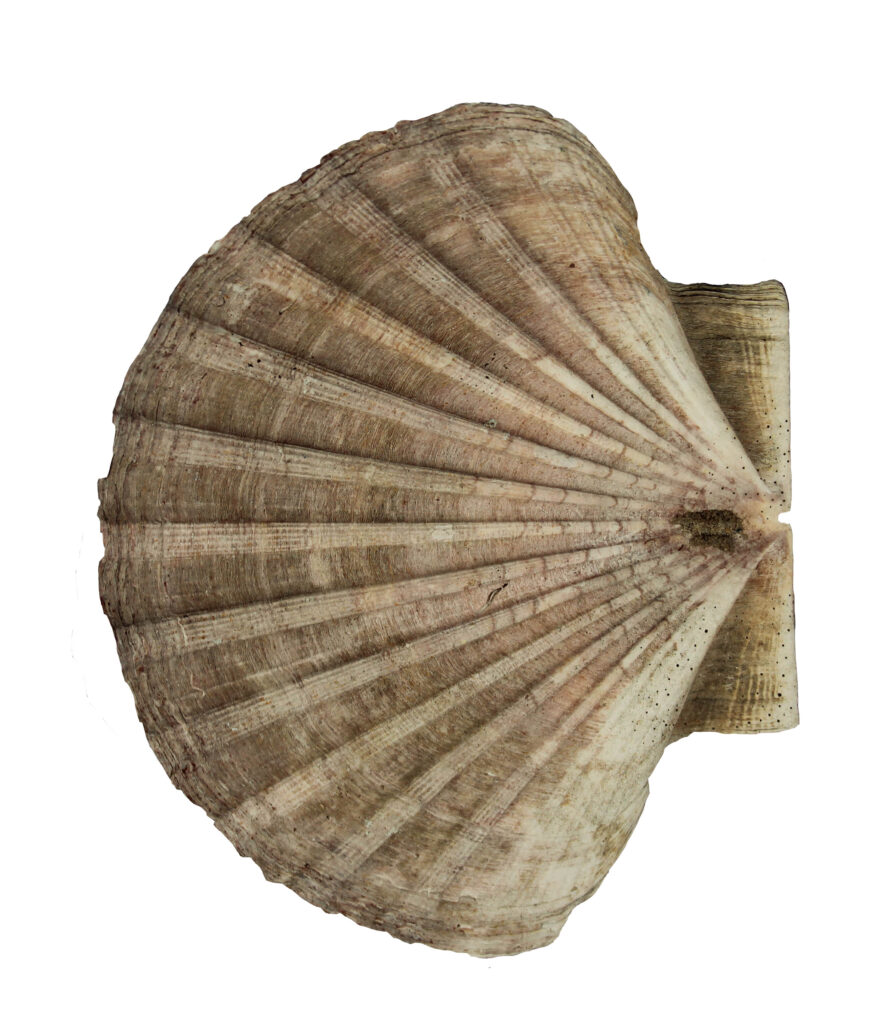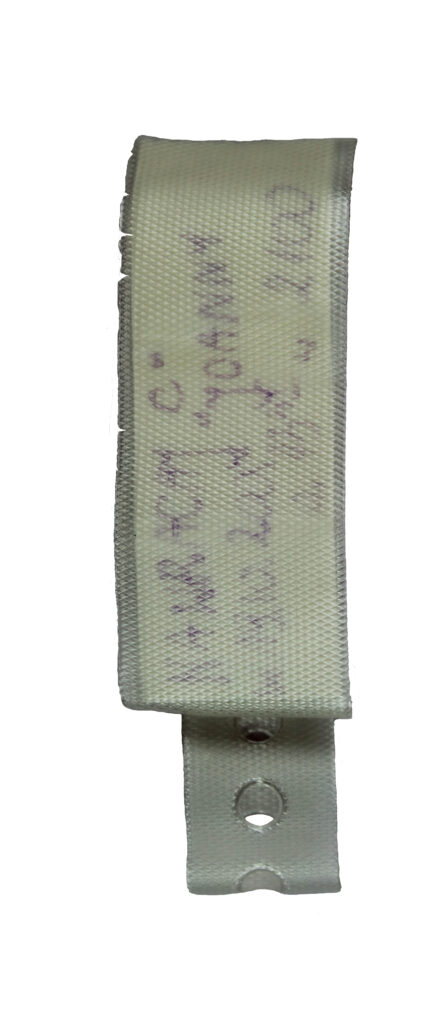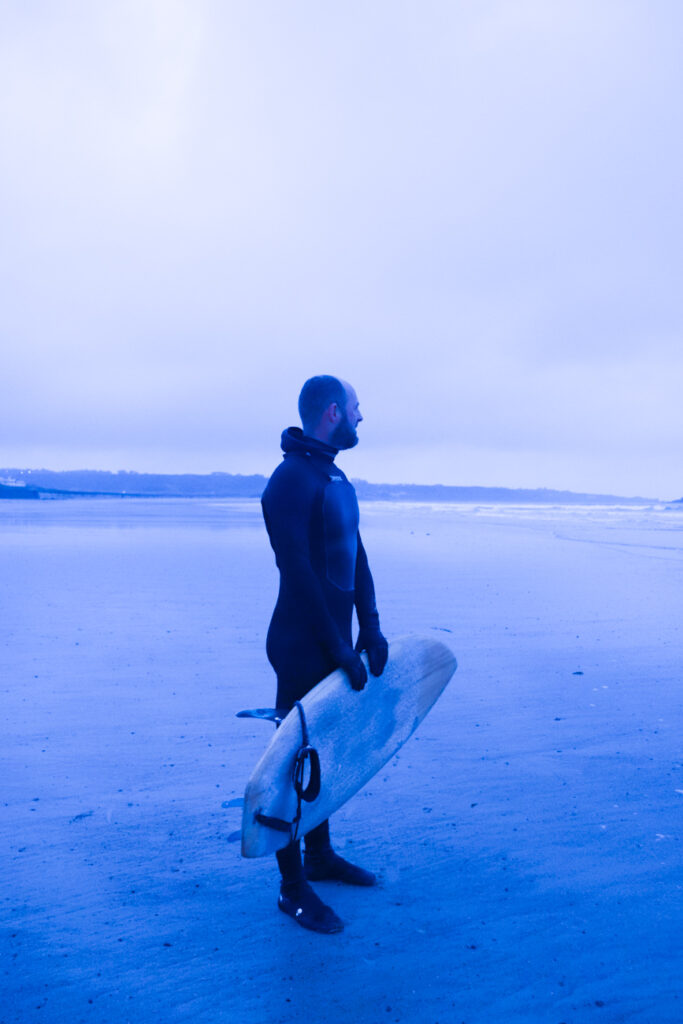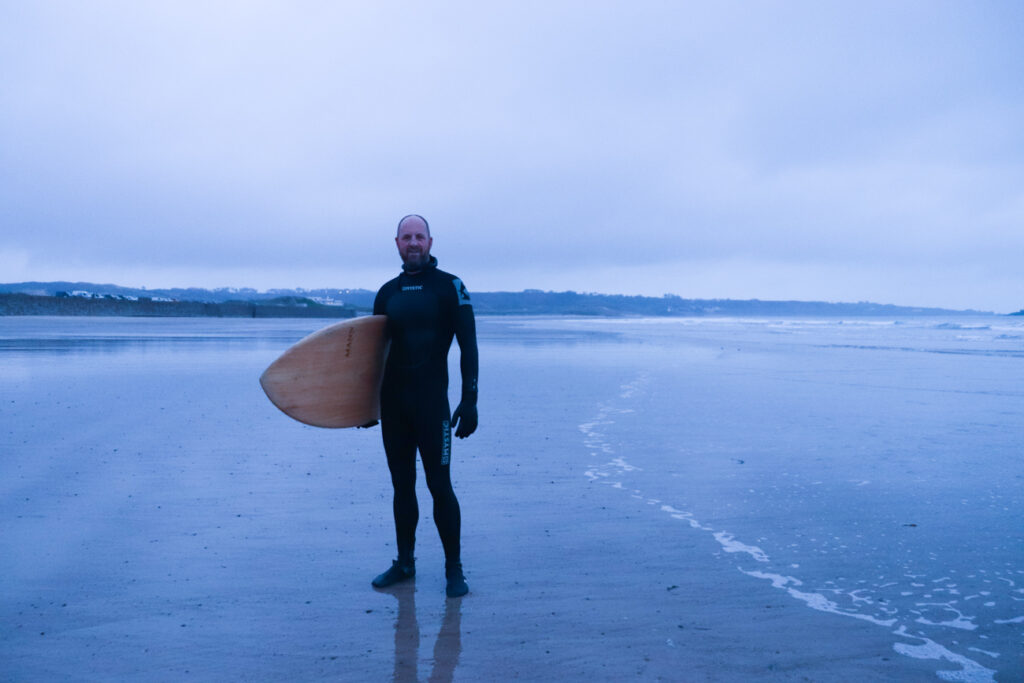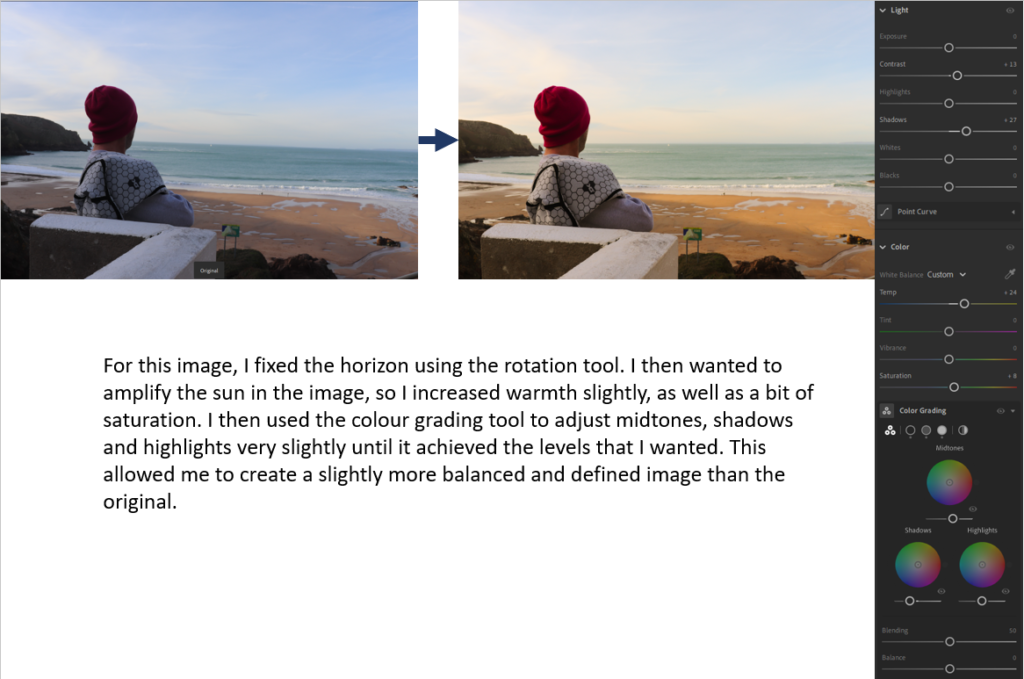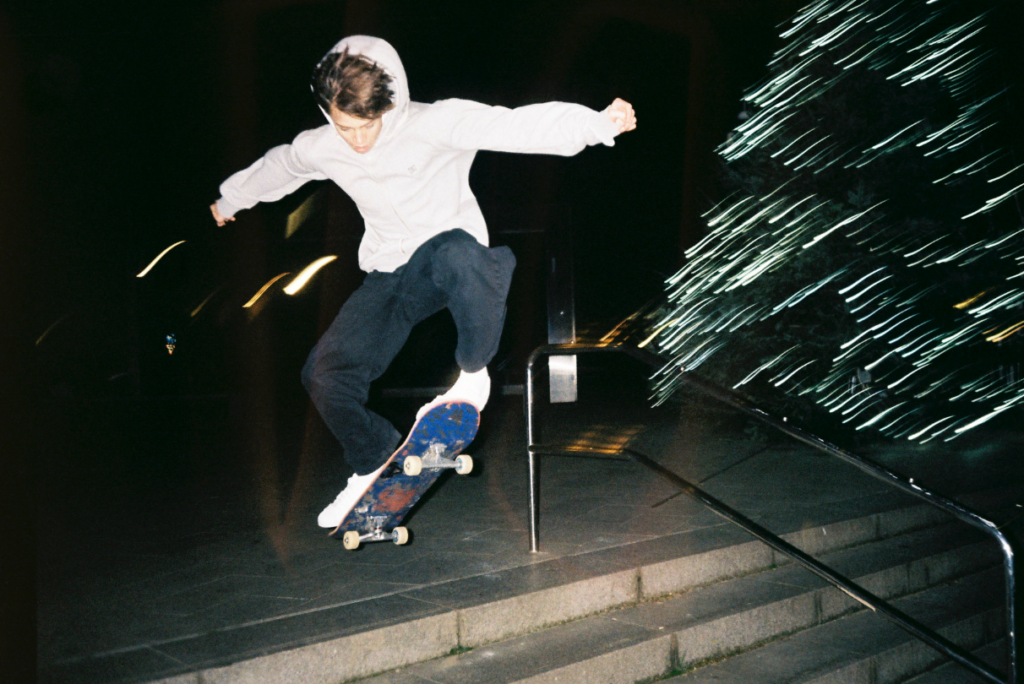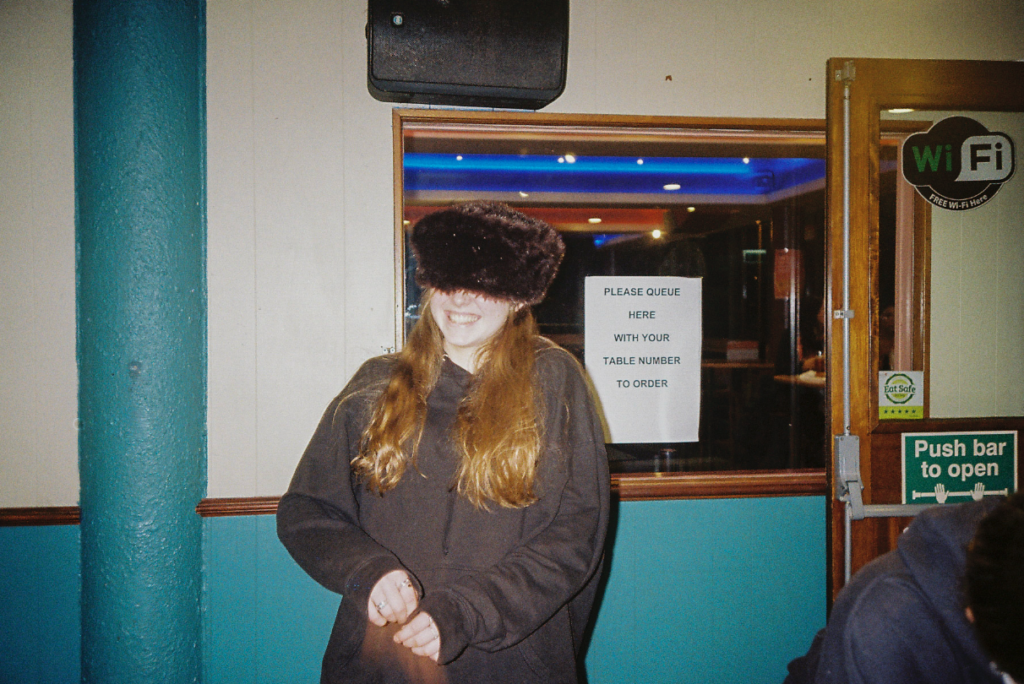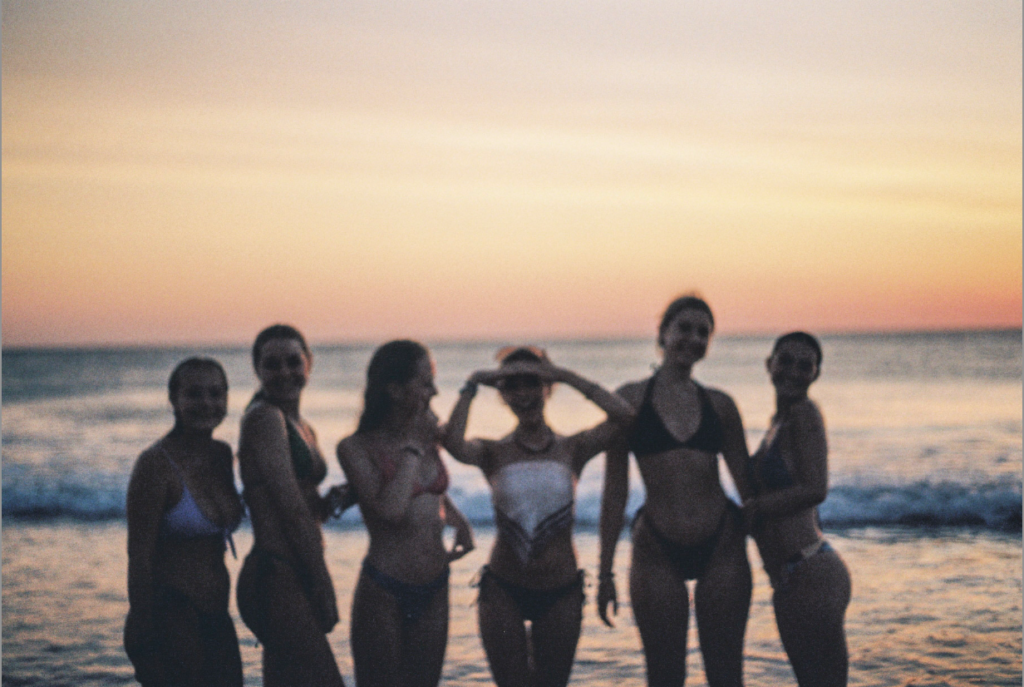1. Research a photo-book and describe the story it is communicating with reference to subject-matter, genre and approach to image-making.
The book I am looking at is Raised by wolves by Jim Goldberg which explores the subject of kids living on the streets of California and the lives they live. He shot images in a documentary style as he followed them through their struggles with addiction, mental health issues and the difficult choices they have to make to survive in this environment. The images are grungy and dark to accurately portray their lifestyles and capture their unique personalities through the lense.
2. Who is the photographer? Why did he/she make it? (intentions/ reasons) Who is it for? (audience) How was it received? (any press, reviews, awards, legacy etc.)
Jim Goldberg made this photobook to highlight people that are neglected, ignored and invisible to the mainstream population. He believed these people deserved a voice so decided to not only take their photos but also include their writing and drawings in the book.

He stated that:
“Feeling like an outsider enabled me to evoke stories from the people I worked with because I could relate to them. I always aimed to get to a point where empathy and trust were created… Having people write directly on photos was a way to access their thoughts”

His work was so well received that he collected various awards such as a Guggenheim Fellowship (1985), two National Endowment for the Arts Fellowships (1989, 1990), the Mother Jones Documentary Photography Award (1989), and many more.
3. Deconstruct the narrative, concept and design of the book and apply theory above when considering:
Narrative – Jim Goldberg follows kids living on the streets of California and specifically focuses on two characters, Tweeky Dave and Echo. They are two charismatic but deeply troubled youths whose lives became intertwined as they lived as runaways.
Concept – His subjects are often people existing on the fringes, who are otherwise treated as invisible by mainstream society, or flattened into caricature.
Design – This book has a mixture of images that are mostly documentary style and drawings/writing from the subjects.




